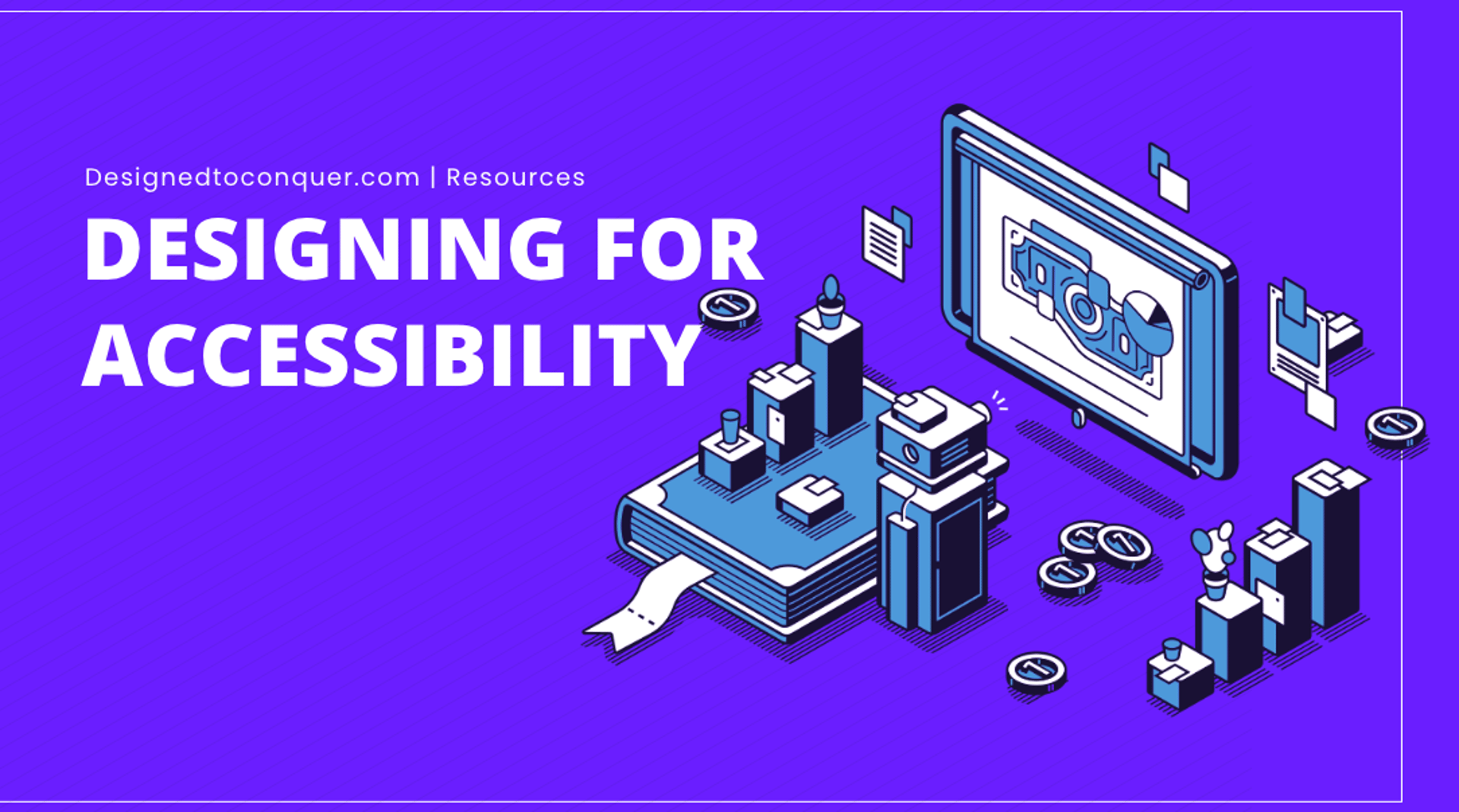
Designing for Accessibility
Join me in discovering how accessibility is a core component of modern design now and for the future.
9/10/20233 min read

Website Builder
In the realm of web design, the evolution of creativity goes hand in hand with a greater responsibility – the responsibility to ensure that every digital experience is accessible to all. As we shape the digital landscape of the future, let's embark on a journey that explores the paramount importance of web accessibility.
The Imperative of Web Accessibility: Bridging the Inclusion Gap
Web accessibility isn't a trend; it's a moral and ethical imperative. Imagine a world where digital spaces are open and welcoming to every user, regardless of their abilities. The importance of accessibility extends beyond compliance; it's about ensuring that individuals with disabilities can navigate, interact, and engage with websites just like everyone else. An inclusive web is a reflection of a just and compassionate society, where no one is left behind.
Inclusivity as a Design Guiding Star: A Modern Imperative
Designing with accessibility in mind isn't just an afterthought; it's a fundamental aspect of the design process. The work "Accessibility for Everyone" by Laura Kalbag underscores the significance of prioritizing inclusivity from the inception of a project. Imagine a design that considers not only aesthetics but also user needs – one that embraces clear navigation, text alternatives for images, color contrasts that ensure readability, and scalable fonts for those with visual impairments.
Accessible Design: My Pledge and Practice
In my journey as a designer, accessibility isn't a mere checkbox; it's an intrinsic part of my design philosophy. From the earliest stages of brainstorming to the final pixel placement, I prioritize creating experiences that are accessible to all users. Here's how I weave accessibility into my design fabric:
Color Choices with Care: I meticulously select color palettes that aren't just visually pleasing but also cater to users with color blindness or low vision. Contrast ratios that adhere to accessibility standards ensure that text remains legible for everyone.
Keyboard Navigation Excellence: I ensure that every interactive element is navigable through keyboard input. This means that users who rely on keyboard navigation or assistive technologies can seamlessly explore the website's content.
Alternative Text Magic: Every image isn't just a visual element; it's an opportunity to communicate. I diligently include descriptive alternative text for images, allowing screen readers to convey the context and purpose of the visuals to users who are visually impaired.
Focus on Focus Indicators: Interactive elements like buttons and links receive a distinct focus indicator. This subtle cue aids users navigating through keyboards or assistive technologies, indicating which element is currently active.
Inclusive Design as a Catalyst for Change
The journey towards inclusive design isn't just about creating accessible websites; it's about creating a cultural shift in how we approach design. By incorporating accessibility from the outset, we foster a design ecosystem where diversity is celebrated, and user needs are considered paramount. The digital experiences we craft should empower users, regardless of their abilities, to engage with content, make choices, and be part of the digital conversation.
Conclusion: Pioneering a Truly Inclusive Web
As we forge ahead in the world of web design, let's remember that our designs are more than visual spectacles; they're gateways to experiences. By prioritizing accessibility, we're opening those gates wider, inviting in a diverse range of users who contribute to the rich tapestry of our digital society. Accessibility isn't a constraint; it's a catalyst for innovation and change. It's a commitment to creating a web where every click, scroll, and interaction is an invitation for everyone to partake in the digital journey. Together, we can design a more inclusive and empowering digital world for all.
Ready to expand your reach?
I love working with inspiring and dedicated professionals. View my website design options to learn more about my design process and how I can help your business grow.
Related Articles
©2026 Designed To Conquer LLC Terms & Conditions FAQ
Designed To Conquer LLC is a NYS MBE Certified Creative Tech. Studio.
STUDIO HOURS
Monday: 10am-6pm
Tuesday:10am-6pm
Wednesday:10am-6pm
Thursday:10am-6pm
Friday:10am-6pm
Instantly access our library of free coaching business resources!





